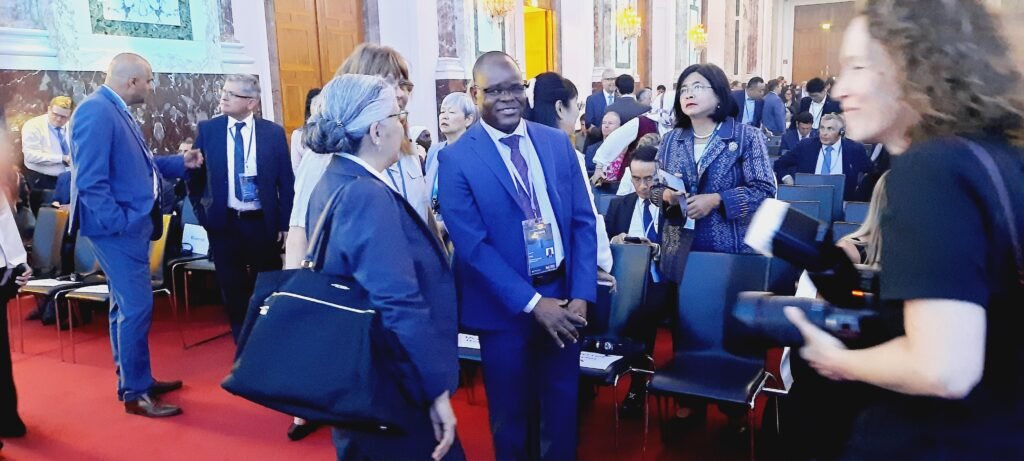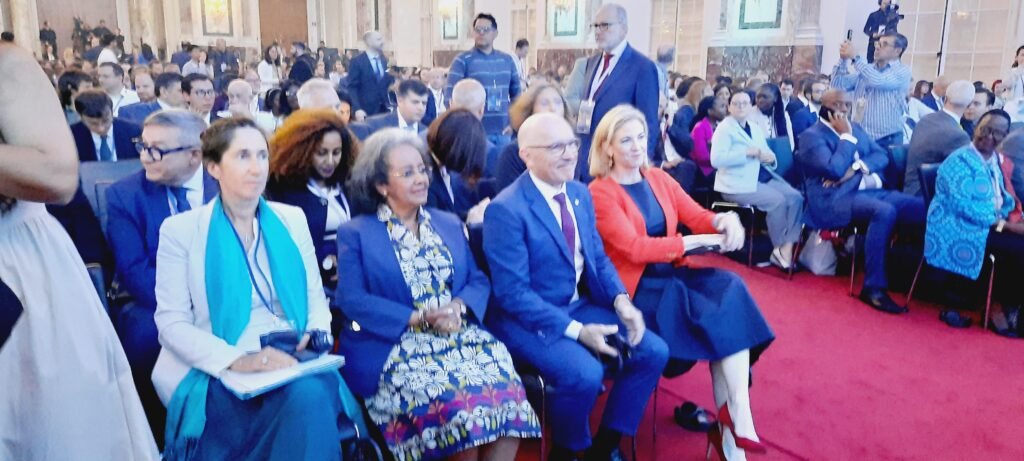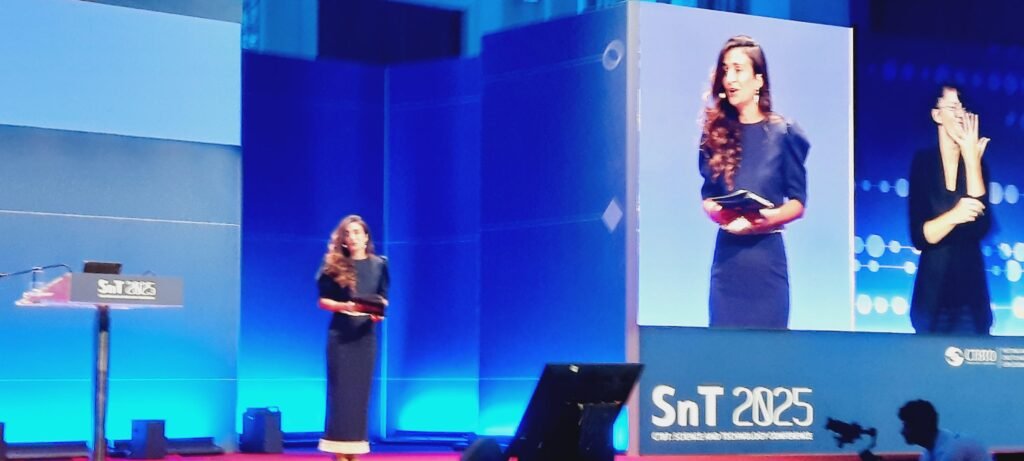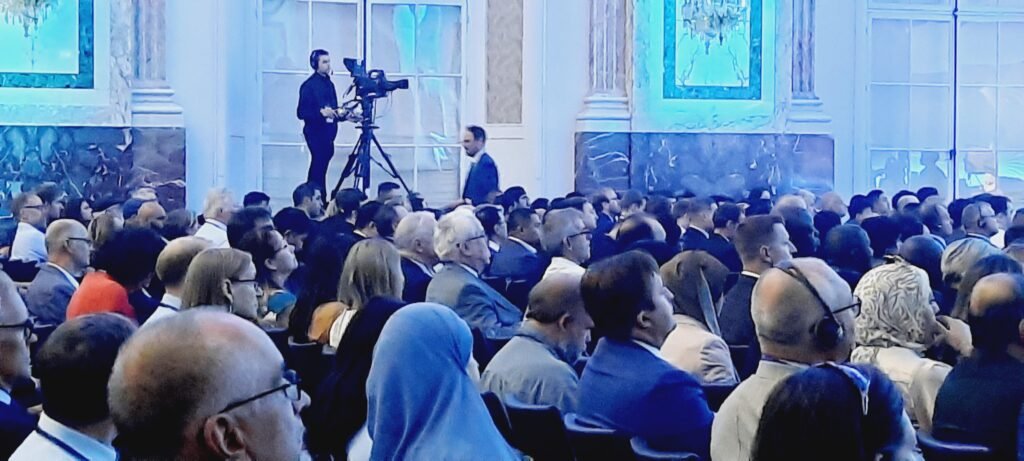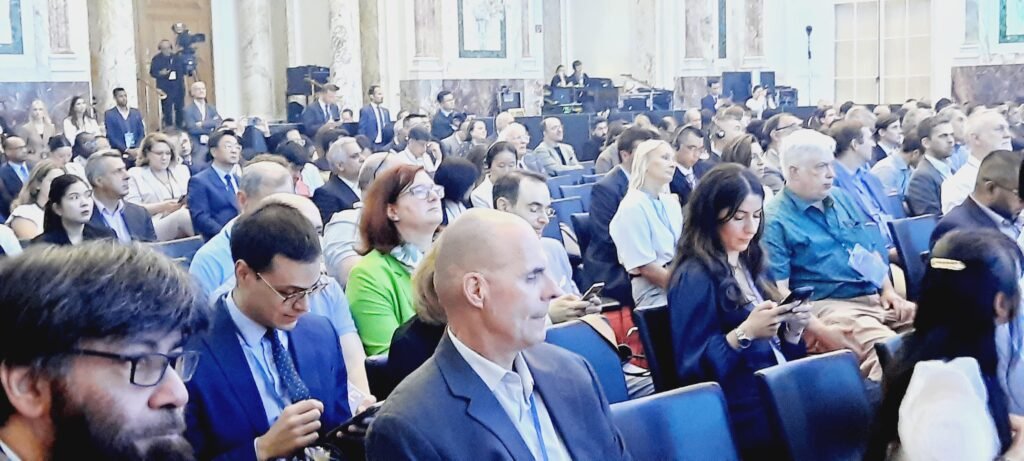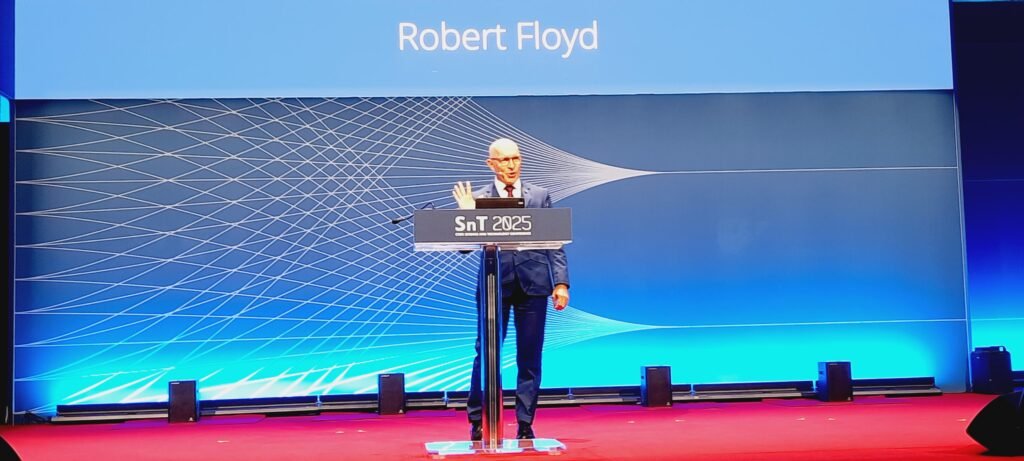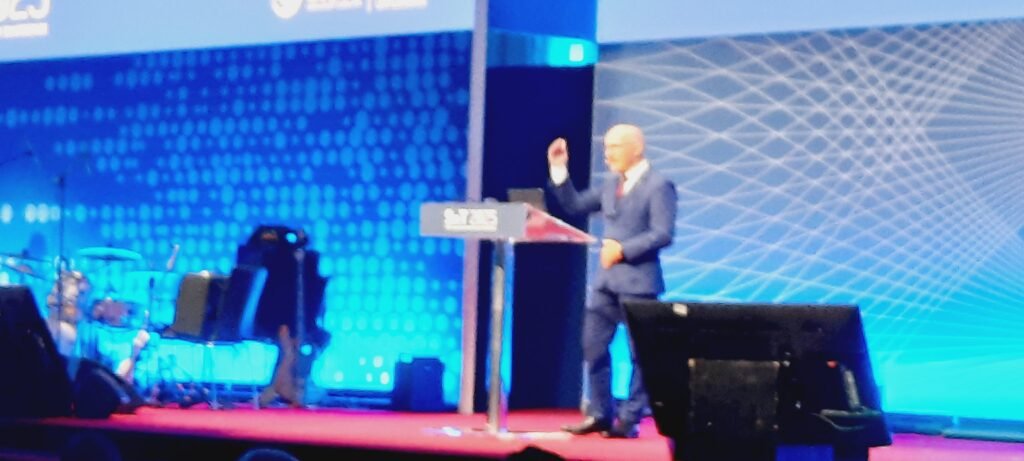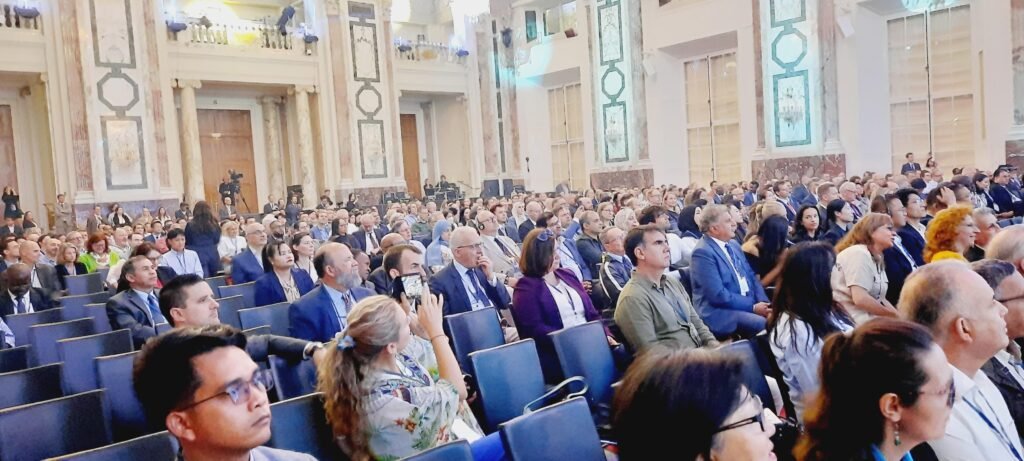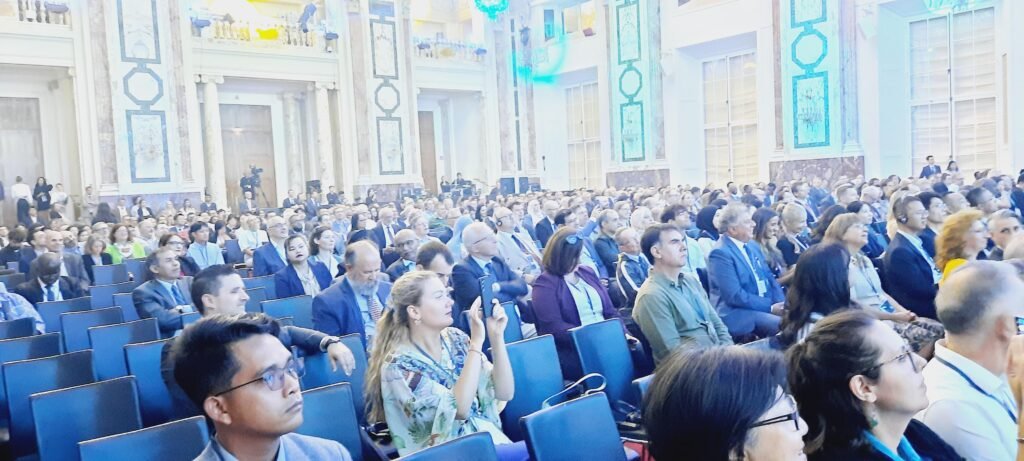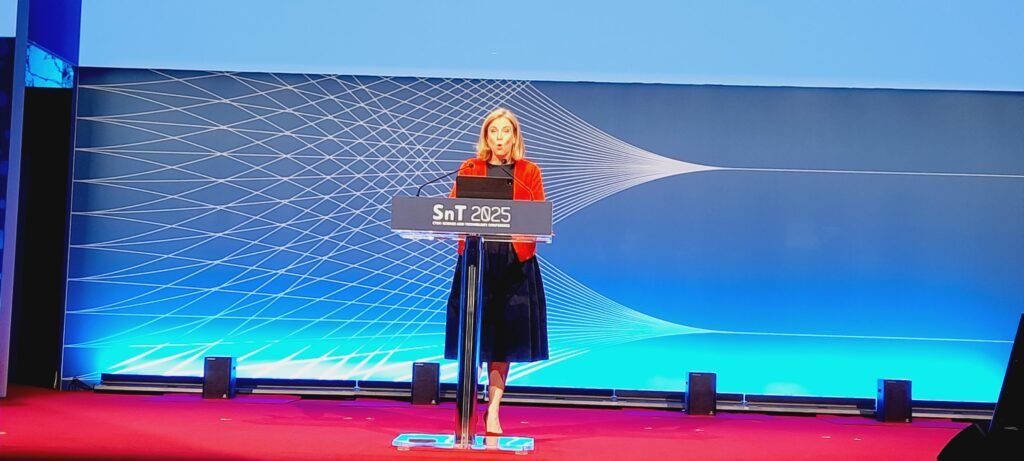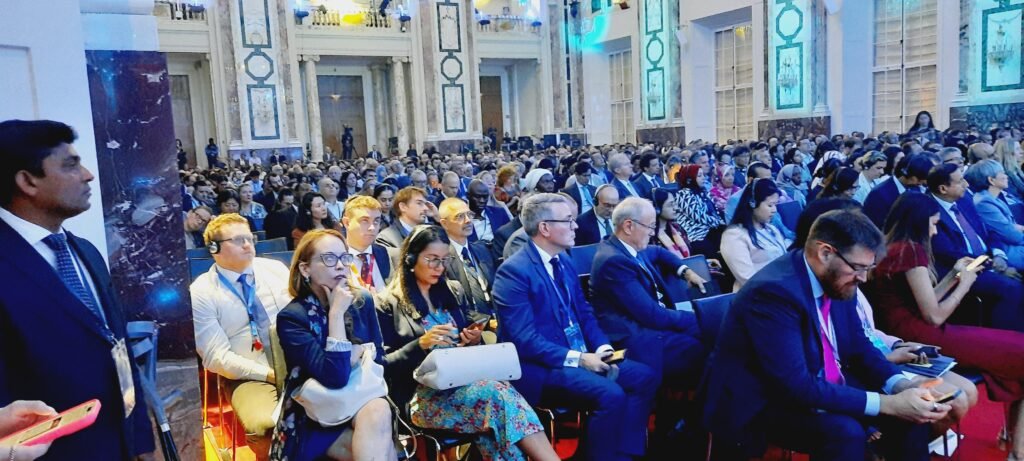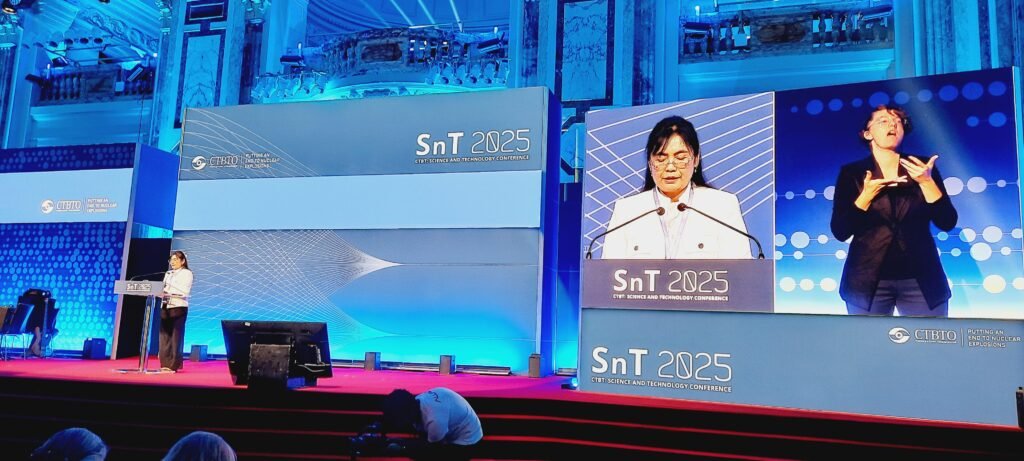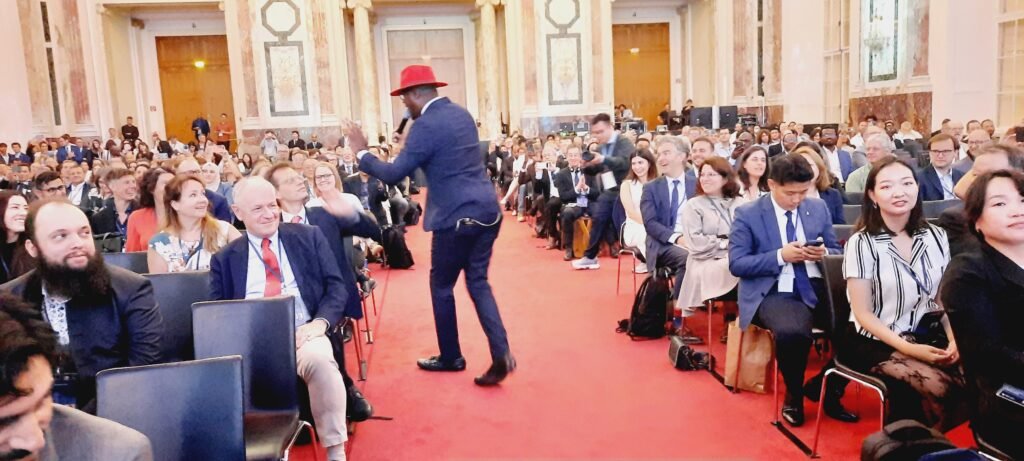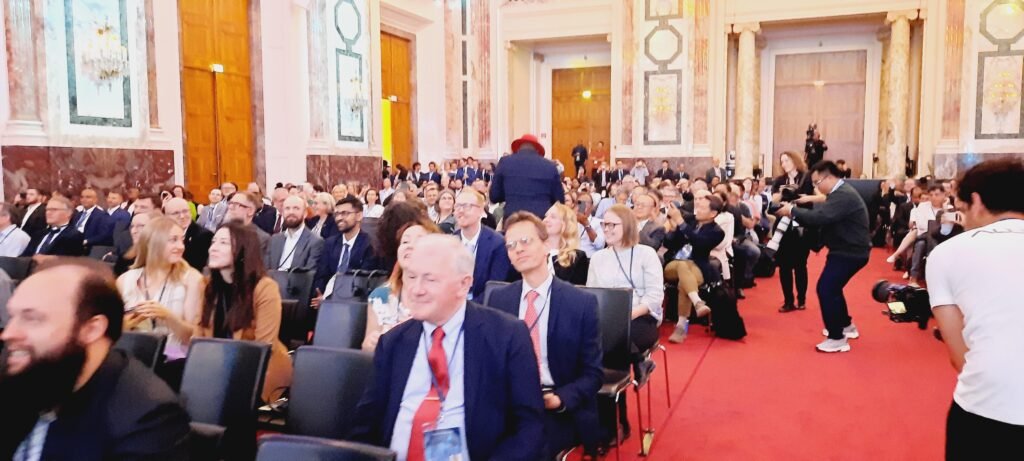Overview of SNT2025
The Eighth CTBT Science and Technology Conference (SNT2025) serves as a pivotal global forum designed to foster innovation and operational effectiveness within the realm of treaty verification. By bringing together scientists, policy-makers, and technical experts, SNT2025 encourages a collaborative approach to enhancing the global monitoring framework established by the Comprehensive Nuclear-Test-Ban Treaty (CTBT). This event represents an opportunity to discuss advancements in monitoring and verification technologies that are crucial in today’s complex security landscape.
As the world witnesses rapid technological transformations, SNT2025 aims to harness this momentum to tackle current global challenges. The conference will emphasize the importance of collective knowledge sharing, facilitating dialogue and interactions among stakeholders who are committed to ensuring a nuclear-free future. With the objective of promoting understanding and unity, the conference will explore how modern science can be effectively integrated into existing and future verification regimes.
Central to the agenda are discussions on the latest innovations in instrumentation, data analysis, and predictive modeling, which play vital roles in improving treaty compliance monitoring. Participants will delve into emerging scientific trends, particularly those that can enhance the accuracy and reliability of detection methodologies. As global security dynamics evolve, the significance of such technological advancements cannot be overstated; SNT2025 seeks to redefine the landscape of treaty verification through these innovations.
In summary, the Eighth CTBT Science and Technology Conference is poised to become an influential gathering that aligns the goals of scientific progress with the imperatives of nuclear non-proliferation. By addressing current scientific trends and fostering international cooperation, SNT2025 illustrates the commitment to a safer, more secure world.
Key Areas of Focus: Advanced Technologies in Monitoring
As the global landscape evolves, the monitoring of nuclear tests and compliance with international treaties has become increasingly sophisticated. The Eighth CTBT Science and Technology Conference (SNT2025) is set to explore several innovative fields that are critical to advancing treaty verification methods. Among these, quantum sensing and high-performance computing stand out as pivotal technologies that hold the potential to redefine traditional monitoring frameworks.
Quantum sensing, for instance, leverages the principles of quantum mechanics to enhance detection capabilities, enabling unprecedented sensitivity and accuracy in identifying nuclear activities. By utilizing quantum entanglement and superposition, these advanced sensing technologies can detect minute changes in environmental conditions, which may signify a nuclear event. This offers a significant improvement over existing methods, making it easier to monitor compliance with the Comprehensive Nuclear-Test-Ban Treaty (CTBT) effectively.
High-performance computing complements quantum sensing by allowing the processing of vast quantities of data generated through these advanced detection methods. The integration of machine learning algorithms and data analytics can refine the verification process, offering swift and reliable assessments of potential compliance violations. Such computational advancements enable the simulation of various scenarios, leading to more informed decision-making and faster responses in the event of suspicious activities.
In addition to quantum sensing and computing, SNT2025 places emphasis on various emerging technologies, including satellite imagery, drone surveillance, and big data analytics. These tools enhance situational awareness and promote transparency among countries, which is essential for maintaining global security. As these technologies evolve, their ability to support not only treaty verification but also broader scientific collaboration will become increasingly pronounced, creating a robust foundation for future diplomatic efforts.
Through the exploration of these essential technological advancements, SNT2025 aims to foster a collaborative approach among nations to address the pressing challenges of monitoring and ensuring compliance with international treaties in the nuclear context.
Enhancing Inclusivity through Digital Engagement
The Eighth CTBT Science and Technology Conference (SNT2025) is set to redefine inclusivity by leveraging advanced digital engagement strategies, allowing a broader range of participants to contribute and participate. One of the significant enhancements is the implementation of an e-poster format, which provides researchers the opportunity to showcase their work without being physically present at the conference. This initiative is particularly beneficial for international participants who may face challenges such as travel restrictions, funding limitations, or time constraints. By adopting this format, SNT2025 ensures that valuable research is accessible to a wider audience, thus facilitating global scientific dialogue.
Moreover, the digital platform of SNT2025 is designed to create an interactive and immersive experience for all attendees. The innovative exhibition space not only displays cutting-edge developments from the Comprehensive Nuclear-Test-Ban Treaty Organization (CTBTO) but also incorporates virtual reality (VR) experiences. This feature allows participants to engage with the scientific content in an experiential manner, fostering a deeper understanding of complex subjects. The integration of VR not only enhances engagement but also ensures that attendees can visualize and interact with scientific data and concepts in a dynamic way.
Additionally, SNT2025 promotes collaborative areas where participants can network, exchange ideas, and co-create solutions in real-time. These spaces are designed to encourage discussion and brainstorming among scientists, policymakers, and stakeholders, thereby enriching the overall conference experience. By prioritizing digital engagement and inclusivity, SNT2025 aligns with the overarching goal of fostering a collaborative environment that transcends geographical boundaries, enabling collective progress in science and technology.
The Future of the CTBT Verification Regime
The Comprehensive Nuclear-Test-Ban Treaty Organization (CTBTO) has established a robust verification regime that stands as a testament to international collaboration in the realm of nuclear non-proliferation. Over the years, the CTBT verification regime has achieved significant milestones, including advancements that have far surpassed its original detection capabilities. These technological improvements not only affirm the efficacy of the monitoring systems in place but also have broadened the scope of data collected for civil and scientific purposes. The impact of this data generation extends beyond immediate verification efforts, contributing to various fields such as environmental monitoring, disaster response, and chemical and biological research.
Looking ahead, the future potential of the CTBT verification technologies is profoundly promising. As the global landscape continues to evolve, the CTBTO’s innovations can play a critical role in enhancing global security. The capabilities developed through the CTBT verification regime can serve as a foundational framework for addressing emerging challenges, such as the proliferation of unconventional weapons and the need for transparent monitoring of nuclear activities. By positioning the verification regime at the intersection of science and security, the CTBTO invites all stakeholders to engage in a collaborative dialogue to maximize the utility of its technologies.
Encouraging community engagement is vital for shaping the future direction of treaty verification. Various sectors, including governmental bodies, academic institutions, and civil society, play crucial roles in this discourse. Through collective insights and shared knowledge, it is possible to foster innovative approaches that not only enhance treaty compliance but also galvanize efforts towards a more secure and peaceful world. As stakeholders, understanding our roles in this journey is paramount, as the implications of effectively implementing the CTBT verification regime may significantly influence global stability and cooperation in the coming decades.
